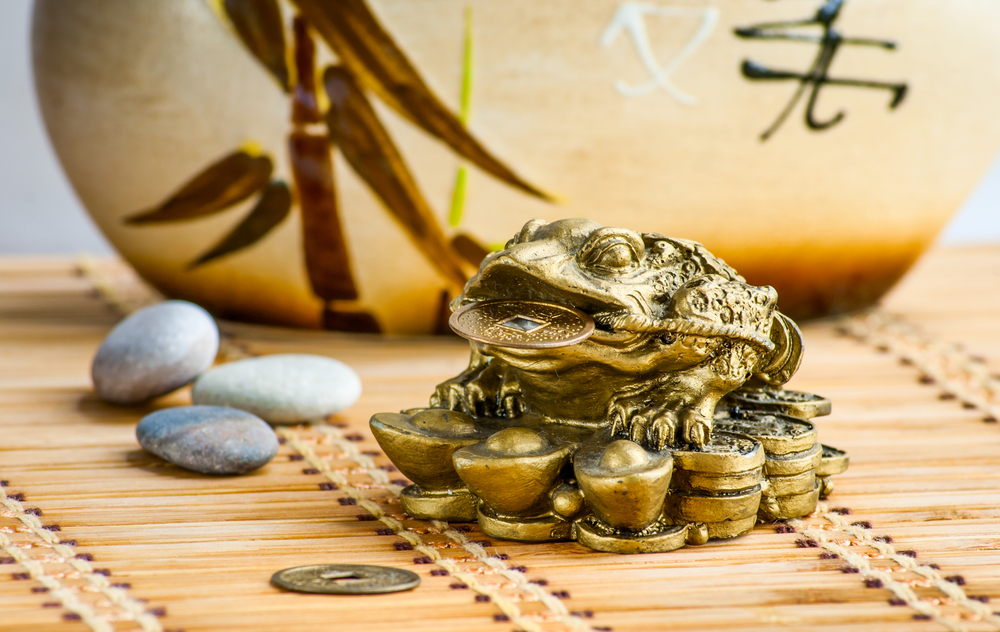
You may or may not know but feng shui has creation and destructive cycles. Human spirituality often takes its cues from the natural world. Water, for instance, symbolizes purification in many faiths. But even how elements interact with each other can take on metaphysical meanings. Traditional Chinese philosophy speaks of five elemental phases – wood, fire, earth, metal, and water. How these phases interact with each other is a core concept in feng shui.
Five Elemental Phases
Derived from Taoist principles, feng shui seeks to achieve balance with nature. It does this by working with qi, a vital life energy that flows through everything in our universe. The goal of feng shui is to get that energy to move in positive ways, creating harmony within one’s interior spaces.
Chinese cosmology recognizes five elemental phases, collectively called “Wuxing.” Every phase has unique energy based on how its element behaves in the natural world. Fire burns, water reflects light, and so forth. And just like water extinguishes fire, these energies can support or oppose each other. Understanding these interactions is an important key in feng shui design.
The Cycles of Creation
The Spruce explains that the five phases exist in a creative cycle known as “shēng.” Written in Hanzi as “生,” it’s a Chinese verb that means “to give birth.” And that’s exactly what this cycle does. Each element helps generate or nourish another.
How does this cycle work? Well, water nourishes wood by carrying nutrients to each of its cells. Wood feeds fire, providing fuel for heat-generating chemical reactions. Fire creates earth with the ash it leaves behind, full of carbon and minerals like calcium and potassium. Earth gives rise to metal through natural phenomena such as pressure, heat, and weathering. Metal collects water by letting air moisture condense into droplets.
You can use this principle in feng shui to strengthen an element’s influence. Adding more of the element itself is helpful, but you could also include more of the phase that nourishes it. If you’re trying to boost earth, for instance, you can also include more of the earth-generating fire element.
The Destructive Cycles
Chinese cosmology’s elemental phases can also form a destructive cycle. Wandering Dao calls this “kè,” written as “克” in Hanzi and translated as “to restrain” or “to overcome.” In this cycle, each element naturally opposes and weakens another one.
Natural principles also govern this cycle. Water extinguishes fire, decreasing heat and depriving it of oxygen. Fire melts metal, breaking down its solid structure as its particles vibrate faster. Metal can cut wood: The blade concentrates force on a small surface area, generating pressure to break wood’s molecular bonds. Wood emerges from earth, breaking through the soil’s surface. Earth can absorb water or contain it, as shores and riverbanks do.
Since this cycle overcomes and restrains, you can use it to balance out other elemental energies within a space. If you have a fireplace in a “metal” area of your home, for example, you could place more water elements to dampen the fire’s energy impact.
Science Meets the Metaphysical
The art of feng shui is a few thousand years old. Inspired by natural phenomena, its objective is to align physical spaces with unseen energies. Older practices emphasized achieving positive outcomes through auspicious building sites and interior design. Today, practitioners often work with interior spaces after they’re already constructed.
Feng shui uses many concepts from traditional Chinese philosophy. Taoism recognizes five elemental phases: wood, fire, earth, metal, and water. Just as these elements interact with each other in the natural world, these phases can work in both creative and destructive cycles. Both offer insight into strengthening or minimizing an element’s energy impacts. Understanding these principles is key to accomplishing balance within a physical space.


